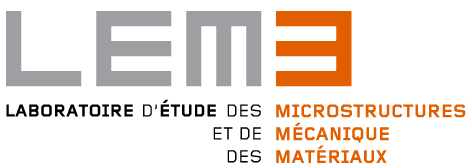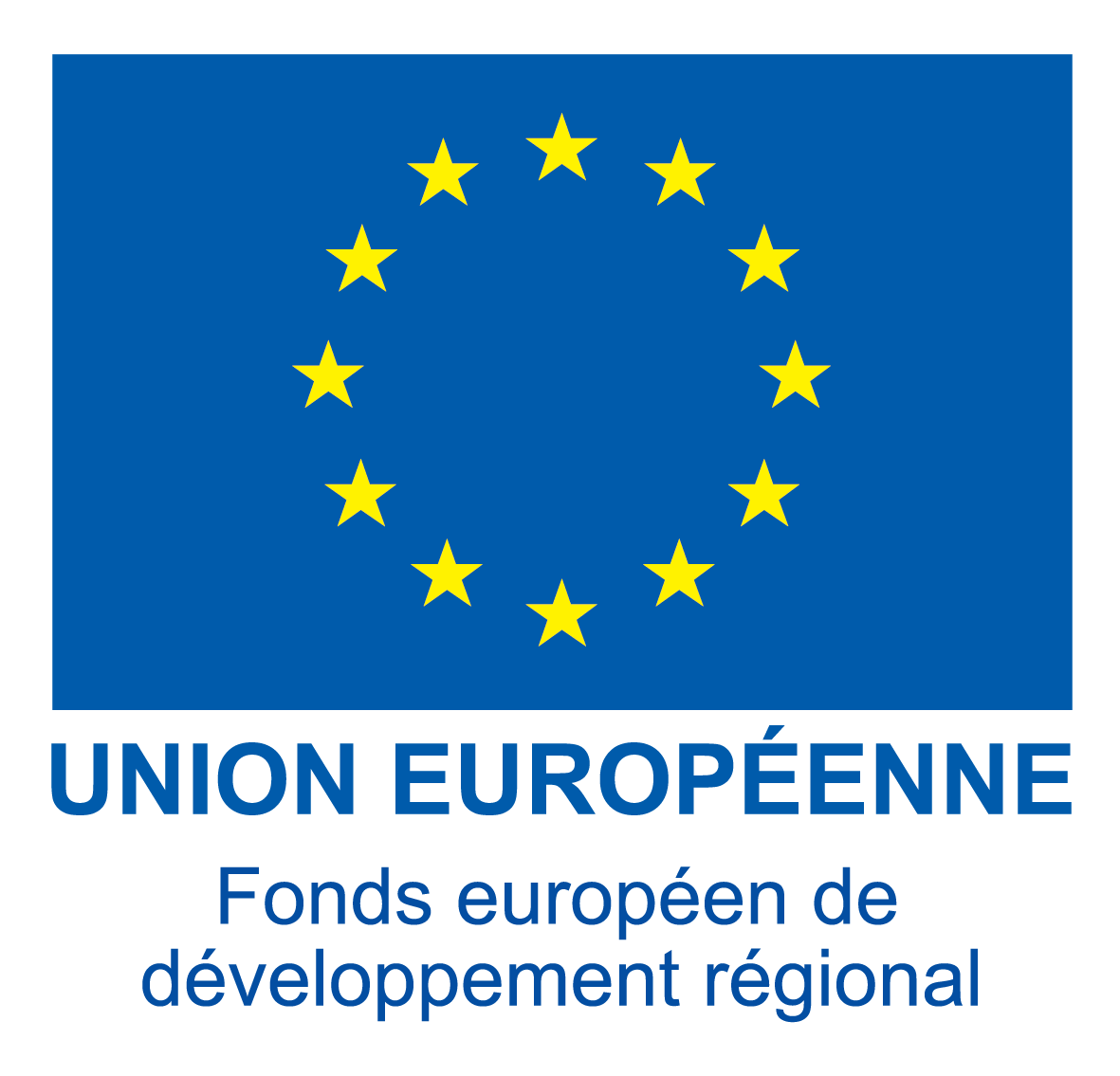- Amphithéâtre Hedy Lamarr, UFR MIM, 3 rue Augustin Fresnel, 57070 Metz
Jury
- Shabnam Arbab Chirani (ENSTA Bretagne, rapporteure)
- Marc Fivel (CNRS, rapporteur)
- Salima Bouvier (UTC, examinatrice)
- Célia Caer (ENSTA Bretagne, examinatrice)
- Thiebaud Richeton (CNRS, co-directeur de thèse)
- Jean-Sébastien Lecomte (CNRS, directeur de thèse)
- Damien Texier (CNRS, invité)
Abstract
Estimating the elastic constants of materials constitutes a real challenge, particularly when dealing with multiphase materials. For single-phase materiels, scientists have used techniques such as ultrasonic pulse echo or a combination of X-rays and diffuse thermal scattering. For multiphase materials, these techniques, if used alone, can only give the macroscopic elastic constants of the materials, and cannot distinguish the elastic constants of a specific phase. In the present work, a new protocol is presented using a coupling of nanoindentation experiments, Vlassak and Nix model, and Bayesian inference to statistically estimate the elastic constants of cubic materials.
The originality of our method lies in writing the cubic stiffness tensor not in termes of the usual constants but in terms of the directional Young’s modulus E<100>, the directional Poisson’s ratio V<100> and the Zener coefficient A. Interestingly, E<100> then becomes a pre-factor of the stiffness tensor so that indentation modulus ratios depend on just two dimensionless parameters, A and V<100>.
Consequently, we have developed a Bayesian inference code that considers indentation modulus ratios and varies only A and V<100>. This approach has many advantages: computation time is greatly reduced, the use of indentation modulus ratios increases the number of data and reduces the influence of the calibration parameters, the limits of V<100> and the lower limit of A are known and are material’s independent and the upper limit of A can be easily conjectured unlike the ranges of Cij constants, which are much hard to estimate a priori.
Furthermore, the method efficiency allows for continuous variation of the uncertainty considered in the experimental moduli, leading to stabilized Bayesian inference results. The choice of the finally retained values in this simplified, converging to the uniqueness of the single crystal elastic constants. This method is applied to high-purity Ni, as a known sample material, and Inconel 718, as a less-know material. The predicted elastic constants align well with literature data. The findinds of this research have been published in the journal Acta Materialia.





